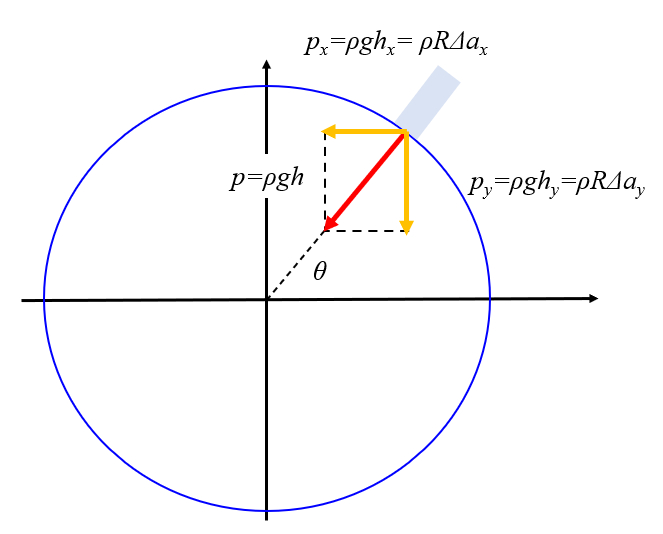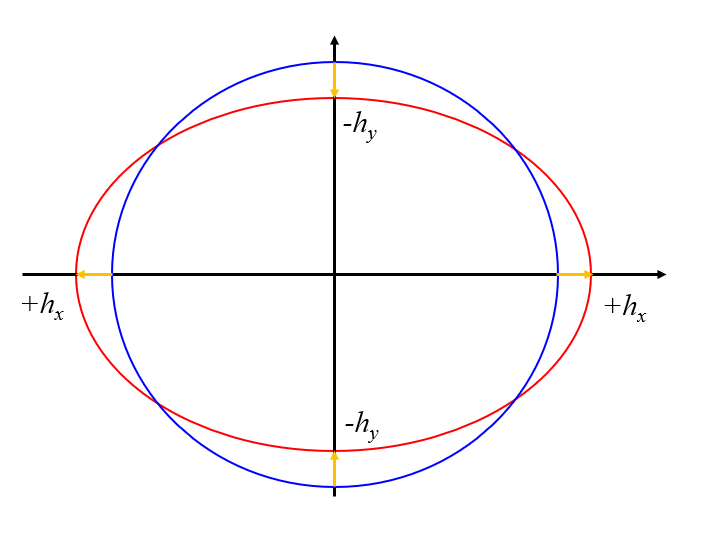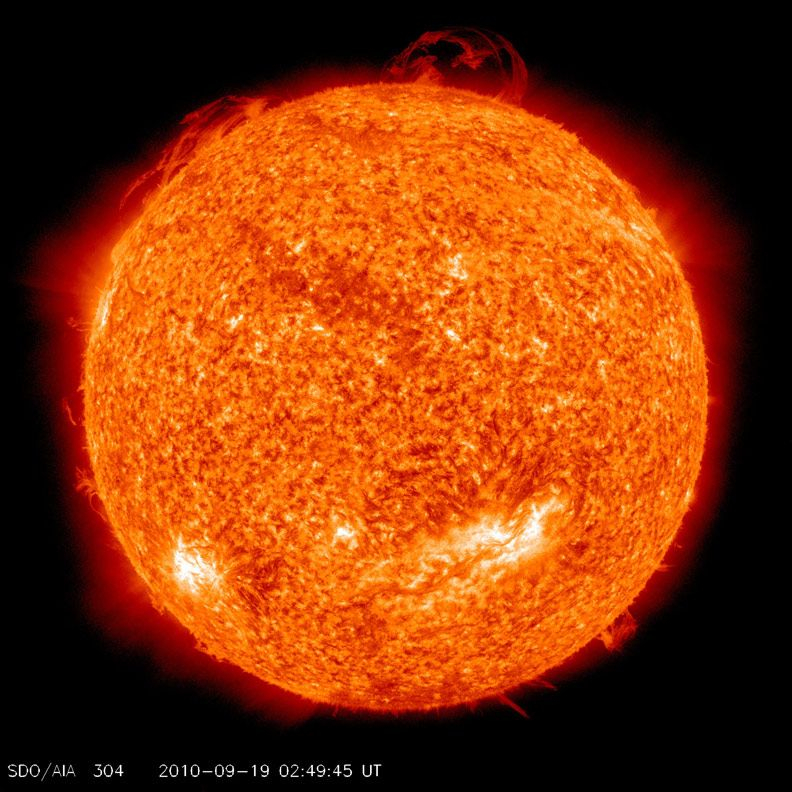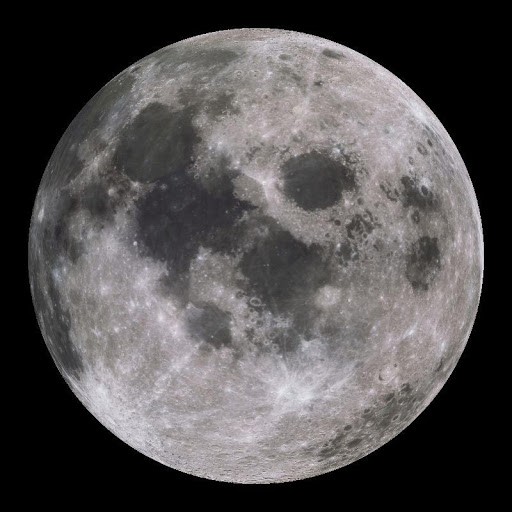Solar and lunar tides
Storyboard 
The second type of tides that are recorded on land are solar tides. Its size is less than that of the moon.
ID:(1576, 0)
Solar and lunar tides
Storyboard 
The second type of tides that are recorded on land are solar tides. Its size is less than that of the moon.
Variables
Calculations
Calculations
Equations
Examples
The change in gravitational acceleration leads to a flow of water that tends to alter the height of the water column (sea depth) in order to compensate for pressure:
Variations in acceleration lead to changes in water pressure around the planet, allowing water columns to differ in heights.
In particular, the deviations caused are as follows:
For the sun's case: 8.14 cm, 16.28 cm
For the moon's case: 17.9 cm, 35.6 cm
This situation can be represented as a deformation of a circle, corresponding to an ellipse.
In the case of the sun,
the following parameters are considered:
Mass: 1.987e+30 kg
Sun-Earth distance: 1.50e+11 m
The tidal heights can be calculated using the following relationships:
For the x-direction, with
And for the y-direction, with
With the Earth's radius of 6371 km, at the point of minimum tide ($\theta = \pi/2$), we have:
$h_y = 8.14 cm$
And at the point of maximum tide ($\theta = 0$), it is:
$h_x = 16.28 cm$
Thus, the fluctuations due to the sun amount to $h_x + h_y = 24.42 cm$.
In the case of the Moon,
we have the following parameters:
Mass: 7.349e+22 kg
Distance Earth-Moon: 3.84e+8 m
For the x-direction, with
And for the y-direction, with
With the Earth's radius of 6371 km, at the point of lowest tide ($\theta = \pi/2$), we obtain:
$h_y = 17.9 cm$
And at the point of highest tide ($\theta = 0$), we have:
$h_x = 35.6 cm$
So, the fluctuations due to the Moon amount to $h_x + h_y = 53.5 cm$.
The change in acceleration means that the water column experiences a different pressure unless the depth adjusts. To achieve a steady state, this is precisely what happens. The modification of gravitational acceleration is compensated by a change in depth corresponding to the tide:
$p_x=\rho g h_x=\rho\displaystyle\frac{1}{2} (\Delta a_{cx} - \Delta a_{ox}) R$
Therefore,
The change in acceleration implies that the column of water experiences a different pressure unless the depth adjusts. Achieving a steady state involves precisely this. The modification of gravitational acceleration is compensated by a change in depth corresponding to the tide:
With the variation on the conjunction side with
and with
It follows that the surface rises with
where only the variable part of the variation was taken into account, since the term $GM/d^2$ acts on the entire system and does not create differences.
The change in acceleration implies that the column of water experiences a different pressure unless the depth adjusts. Achieving a steady state involves precisely this. The modification of gravitational acceleration is compensated by a change in depth corresponding to the tide:
$p_y=\rho g h_y=\rho\Delta a_{cy} R$
Therefore, it follows that:
The change in acceleration means that the column of water experiences a different pressure unless the depth adjusts. To achieve a steady state, this is precisely what happens. The modification of gravitational acceleration is compensated by a change in depth corresponding to the tide:
With the variation on the side of conjunction with
As a result, the surface rises with
With the variation in sea level due to lunar and/or solar tides, which is a function of the universal Gravitation Constant ($G$), the planet radio ($R$), the celestial object planet distance ($d$), the gravitational Acceleration ($g$), and the latitude of the place ($\theta$), the tidal height in the direction of the celestial body causing the tide is given by the height of the tide in the direction of the star ($h_x$), calculated as follows:
In the perpendicular direction, the corresponding height is the height of the tide perpendicular to the direction towards the star ($h_y$):
Therefore, the total difference is obtained from the height of the tide in the direction of the star ($h_x$) and the height of the tide perpendicular to the direction towards the star ($h_y$):
ID:(1576, 0)




